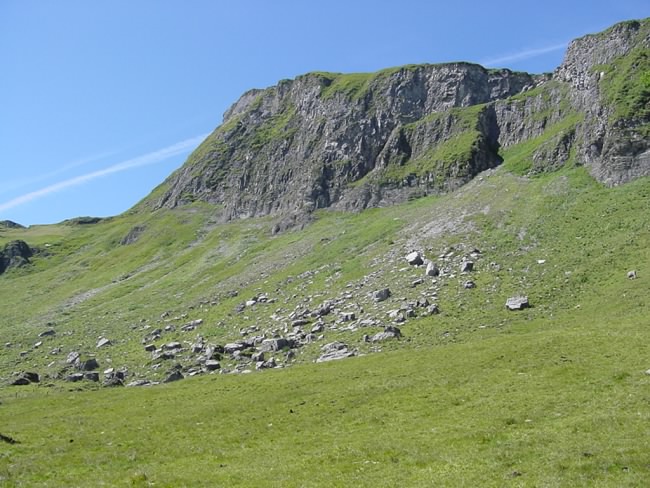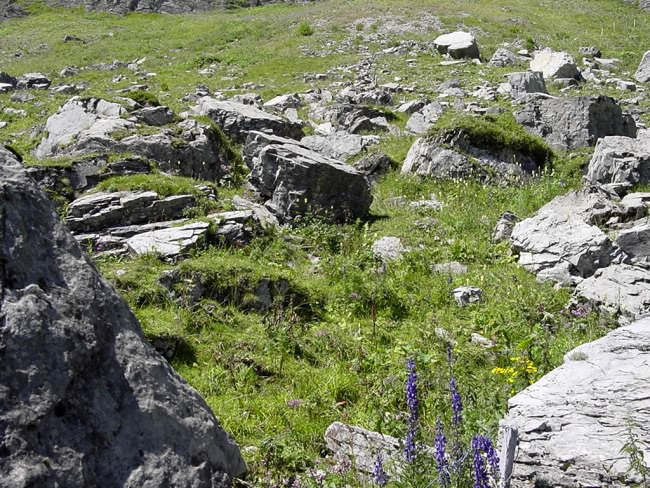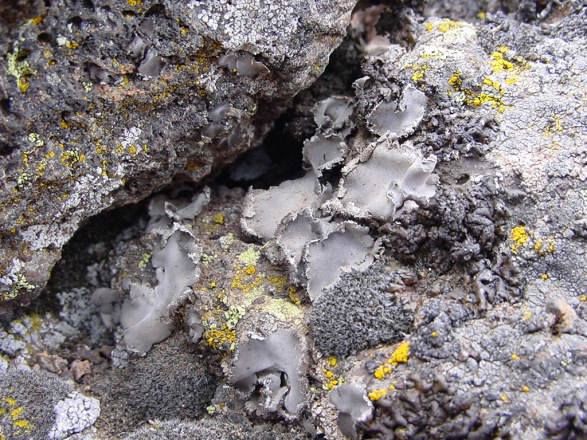 |
|
|
|
|
|
|
Steep slopes with exposed rocks are prone to rock
falls and rock slides. |
|
|
A new rock fall will destroy the vegetation. Subalpine forests often show aisles which have been cut by rock slides. |
|
Why are so few plants and animals found on scree/talus slopes? Scree is an unstable substrate.
Plants living there have to show special adaptations because they are frequently damaged and covered
by falling rock material. Many of these plants are able to recover from burial and downslope movement
of the substrate by rapid shoot elongation. |
1 - Scree slope
|
|
What are the ecological implications of boulder fields? Large rocks or boulders provide distinct types of microhabitats. Animals
can find shelter between the rocks. The more favourable microclimate of boulder fields
(sun-warmed rocks and wind-protected areas) are preferred habitats for marmots (Marmota ssp.) and other animals. Also plant
species from lower elevations may be able to extend further upwards when growing in the protection of rocks. |
 2 2
 3 3
 4 4
 5 5
 6 6
|
|
2) Boulder field, 1900 m, Biet, Switzerland (99K) |
29 August 2011 |
||
| |
||
